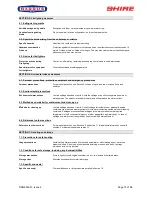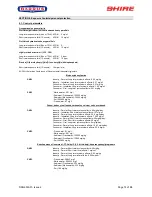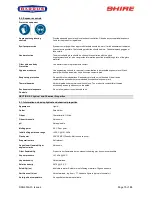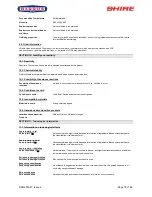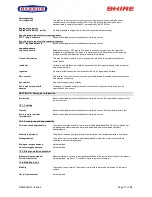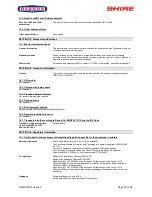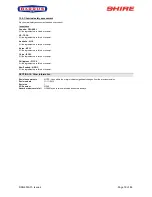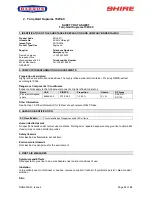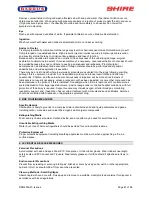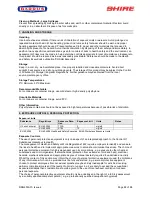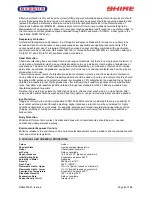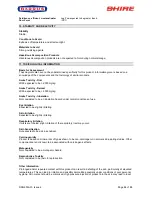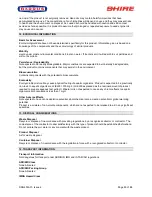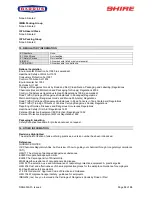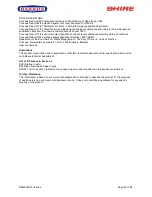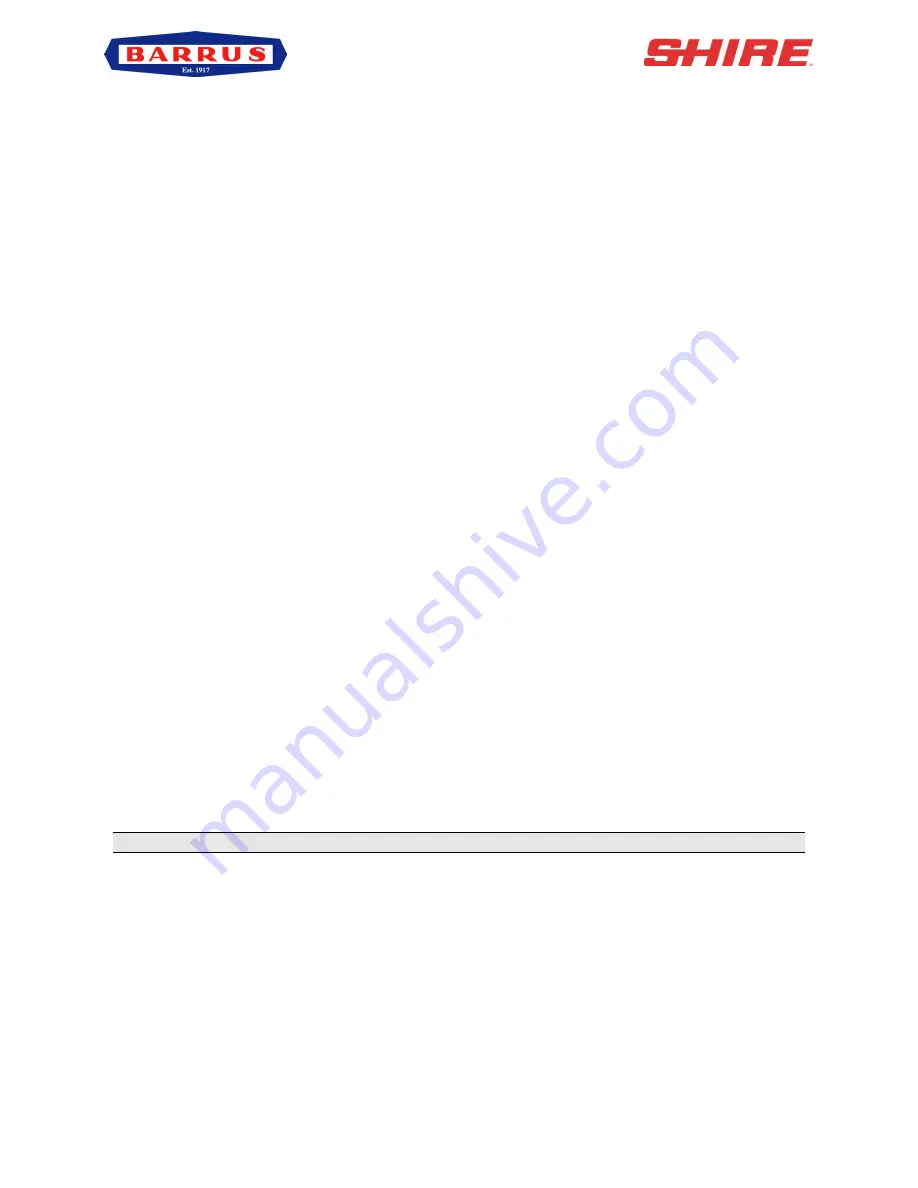
RDG603A31- Issue 4
Page 83 of 88
Effective protection is only achieved by correctly fitting and well maintained equipment and employers should
ensure that appropriate training is given. All personal protective equipment should be regularly inspected and
replaced if defective. Reference should be made to HSE's publication Methods for the Determination of
Hazardous Substances (MDHS) 84 - Measurement of oil mist from mineral oil-based metalworking fluids.
Measurement of an employee's exposure to oil vapour maybe supplemented through the use of stain tubes. In
the first instance, further guidance maybe obtained through HSE's publication 'COSHH - a brief guide to the
regulations' (INDG 136(rev1)).
Respiratory Protection
At standard temperature and pressure, the Occupational Exposure Standard for oil vapour is unlikely to be
exceeded. Care should be taken to keep exposures below applicable occupational exposure limits. If this
cannot be achieved, use of a respirator fitted with an organic vapour cartridge combined with a particulate
pre-filter should be considered. Half masks (EN 149) or valved half masks (EN 405) in combination with type
A2 (EN 141) and P2/3 (EN 143) pre-filters maybe considered.
Hand Protection
Chemical protective gloves are made from a wide range of materials, but there is no single glove material ( or
combination of materials) which gives unlimited resistance to any individual or combination of substances or
preparations. The extent of the breakthrough time will be affected by a combination of factors which include
permeation, penetration, degradation, use pattern ( full immersion, occasional contacts) and how the glove is
stored when not in use.
Theoretical maximum levels of protection are seldom achieved in practice and the actual level of protection
can be difficult to assess. Effective breakthrough time should be used with care and a margin of safety should
be applied. HSE guidance on protective gloves recommends a 75% safety factor to be applied to any figures
obtained in a laboratory test. Nitrile gloves may offer relatively long breakthrough times and slow permeation
rates. Test data, e.g breakthrough data obtained through test standard EN374-3:1994 are available from
reputable equipment suppliers.
Personal hygiene is a key element of effective hand care. Gloves must only be worn on clean hands. After
using gloves, hands should be washed and dried thoroughly. A non perfumed moisturiser should be applied.
Eye Protection
Goggles conforming to a minimum standard of EN 166 345B should be considered if there is a possibility of
eye contact with the product through splashing. Higher rated eye protection must be considered for highly
hazardous operations or work areas. For example, employees involved in metalworking operations such as
chipping, grinding or cutting may require additional protection to avert injury from fast moving particles or
broken tools.
Body Protection
Minimise all forms of skin contact. Overalls and shoes with oil resistant soles should be worn. Launder
overalls and undergarments regularly.
Environmental Exposure Controls
Minimise release to the environment. An environmental assessment must be made to ensure compliance with
local environmental legislation.
9. PHYSICAL AND CHEMICAL PROPERTIES
Colour
Amber.
Physical State
Liquid at ambient temperature.
Odour
Characteristic mineral oil.
pH Value
Data not available.
Vapour Pressure
<0.5 Pa at 20ºC (based on mineral oil).
Initial Boiling Point
Expected to be above 280°C.
Solubility in Water
Negligible.
Density
886 kg/m3 at 15ºC.
Flash Point
205ºC. (PMCC).
Flammable Limits - Upper
10% V/V (typical) (based on mineral oil).
Flammable Limits - Lower
1% V/V (typical) (based on mineral oil).
Auto-Ignition Temperature
Expected to be above 320ºC.
Kinematic Viscosity
105.1 mm2/s at 40ºC.
Evaporation Rate
Data not available.
Vapour Density (Air=1)
Greater than 1.





